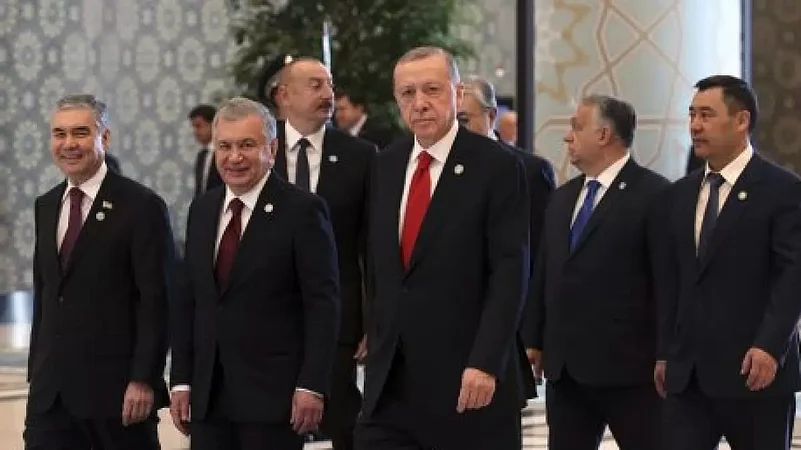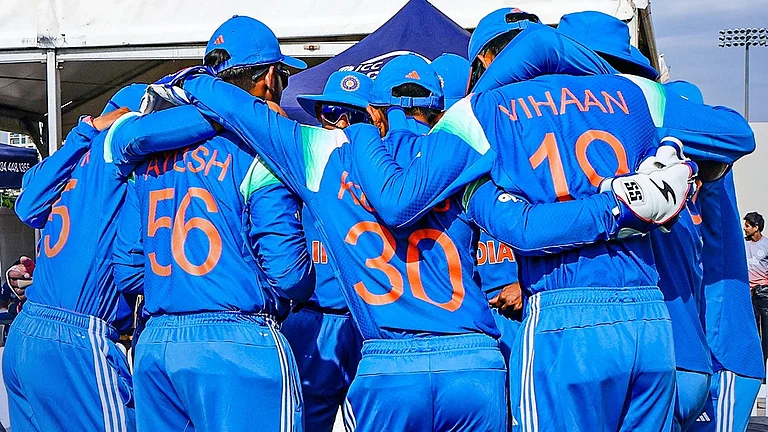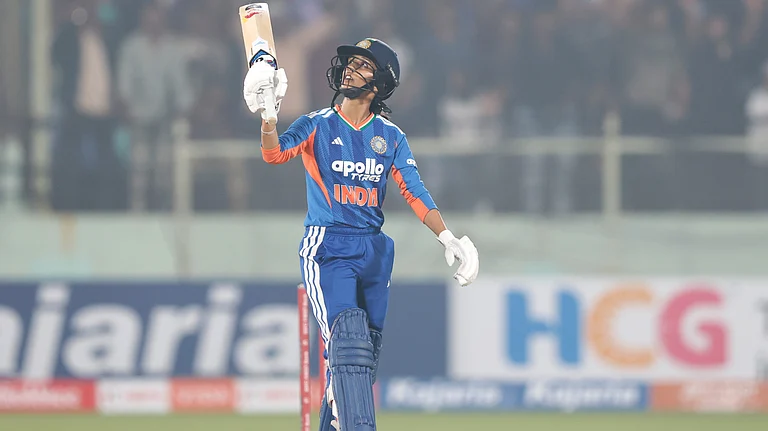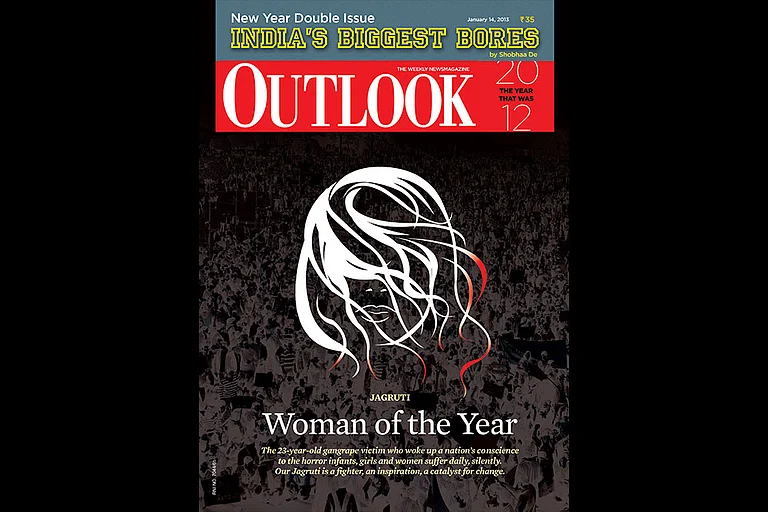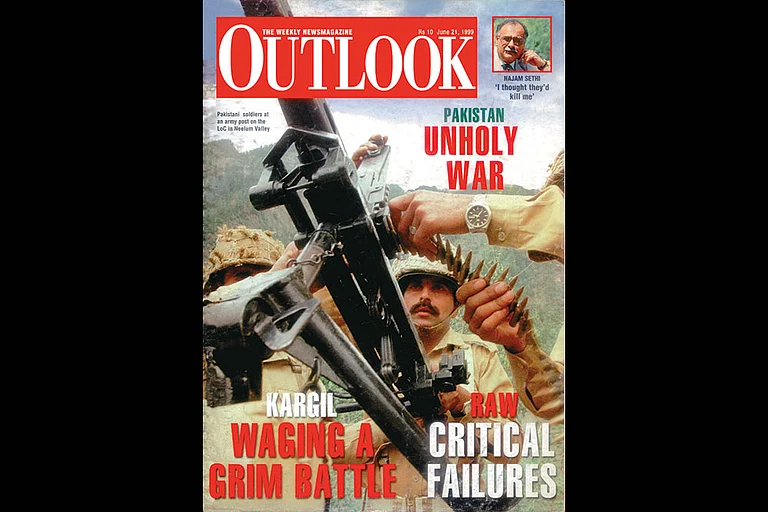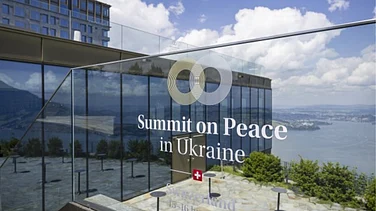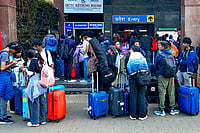In November 2021, the Cooperation Council of the Turkic Speaking States decided to change its name to the Organization of Turkic States, marking the arrival of a new block in the volatile geopolitical landscape. The declaration came in the backdrop of a tense situation at the Russia-Ukraine border, the war hadn’t begun just yet, and an ever-escalating rhetoric between USA and China. However, unlike other recent alignments, this was rooted in identity more so than common values or specific strategic goals. It catered to the aspirations of people rather than the traditional diplomatic goals, economy and security, of the member nations. An alliance rooted in, the rising phenomenon of Pan-Nationalism.
What is Pan-nationalism and why is it gaining traction?
Pan-nationalism is derived from the Greek word ‘pan’ meaning all. It is a form of nationalism in which there is a desire to transcend traditional boundaries of basic national needs, in order to create a higher identity, based on various common denominators like ethnicity, culture, language, shared history, etc. It was first observed in the nineteenth century among Slavic people, in the form of Pan-Slavism.
Since then, there have been several similar pan-identities that have made a mark on international relations, e.g., Pan-Arabism, observed amongst states across West Asia and North Africa. Though the movement didn’t materialise into a nation, it did create a common Arab consciousness. A more successful version is Zionism, which managed to establish the Jewish nation of Israel.
The onset of the Cold War resulted in the decline of pan-nationalism. Largely because global conflicts since then became about ideology, defined by the animosity between the United States-led capitalist bloc vs. the USSR-led communist bloc. In fact, ethnic groups often ended up on opposing sides rather than being united against an ‘other’, e.g., the North-South Korean War, the Vietnam Civil War, the Afghan civil war etc. Optically, it was American White men vs Russian White men, nations were convinced they were fighting to determine which path they were going to take, identity was irrelevant.
This time around, things are different; despite attempts by Washington to portray the current heightening of tension with China as a conflict between democracy and autocracy, not many have bought the idea. This struggle has little to do with the economic system or policy decisions, both nations are capitalist and have a relaxed approach to the internal affairs of their allies. This conflict is clearly about hegemony and power. Thus, making identity the central lens through which the conflict is approached, Chinese vs. White/Western vs. Asian and so on. This mixed with growing Nationalism, has ensured Pan nationalism could make a successful comeback.
The rising importance of identity in multilateral organisations
In September 2021, Australia and the United States blindsided France with a submarine deal and announced the formation of AUKUS (Australia, United Kingdom, and United States), a military alliance to counter China in the Indo-Pacific. The fact that France, a NATO ally, was not informed about the deal drove home the point that this was a closely-knit Anglo-sphere alliance, similar to the Five Eyes, highlighting the importance of cultural ties.
Across the Atlantic, in the wake of the Ukraine-Russia war, France has been trying to militarise the EU. For some time now, EU members, being NATO members, were convinced they didn’t face any threat from Russia, thus providing little incentive for them to focus on their military. That changed with the invasion of Ukraine. Furthermore, in the face of the Chinese resurgence, many in the EU want to chart out an independent foreign policy. Thus binding the group together, not as a Western bloc but as a European bloc focused on building something specific to their needs.
Far from this plot on the western end of the Indian Ocean, a new African country is being thought of, the East African Federation. Conceptualised in the 1960s, the idea of the East African Federation is a union of six African countries: Burundi, the Democratic Republic of the Congo, Kenya, Rwanda, South Sudan, Tanzania, and Uganda. The idea started gaining steam around the 2010s when the member nations launched their common market. Though still far from perfect, the fact that the idea of integration is still on the table does highlight that there is a desire to strengthen common connections.
Why does it matter?
During Narendra Modi’s visit to Washington earlier in June, the progressive members of the Democratic Party chose to boycott his joint address to Congress. This was, as many have highlighted, largely done to please a section of their voter base. Though commentators pointed out that publicly targeting Modi might jeopardise Washington’s goodwill among the general Indian public, it didn’t seem to have the desired effect. The primary reason for this is that several groups abroad believe that the Prime Minister follows a hostile policy towards minorities at home. These groups because of pan-religious/ethnic emotions, tend to directly identify with these alleged atrocities and blame the government of India for them. Thus, creating a pressure group that forces politicians to act in a certain manner.
Something similar usually happens when it comes to Kashmir in the United Kingdom. Given that Pakistanis make up a huge chunk of the voter base for the Labour Party, they tend to appease them by unnecessarily dragging themselves into India’s internal affairs. Another example is Canada, where the liberals, to keep their Sikh vote intact, have appeased Khalistani elements.
It isn’t as if the diaspora has exclusively played to India’s disadvantage; Indian Americans have been at the forefront of ensuring a better India-America relationship, and the same goes for Indians in Australia. The need of the hour is to acknowledge this force as a formal unit. A bad example of it is Gray Wolves, a Turkish Ultra-nationalist organisation that tends to become the arm of the Turkish state by interfering with another nation’s domestic policies. A big burden for India to achieve organised pan-Indian connection is that the constitution doesn’t permit dual citizenship, thus making it difficult to have a formalised setting in which engagement can take place.
On the other hand, the Indian government is trying to establish some pan-religious conclaves like the Global Buddhist Summit. India could become a leading voice in an organisation dedicated to religions that have originated in South and Southeast Asia by creating forums akin to the Organisation of Islamic Cooperation.
Overall, with the new great game, new challenges have emerged, and unlike last time when our scope was limited to that of being a non-aligned party, India this time around is very much a participant. Thus, being inactive in new developments is something we can’t afford. The government needs to formulate a special plan for large-scale pan-Indian involvement in the nation’s foreign policy.
(Paarth Pande is a freelance journalist and political commentator.)






